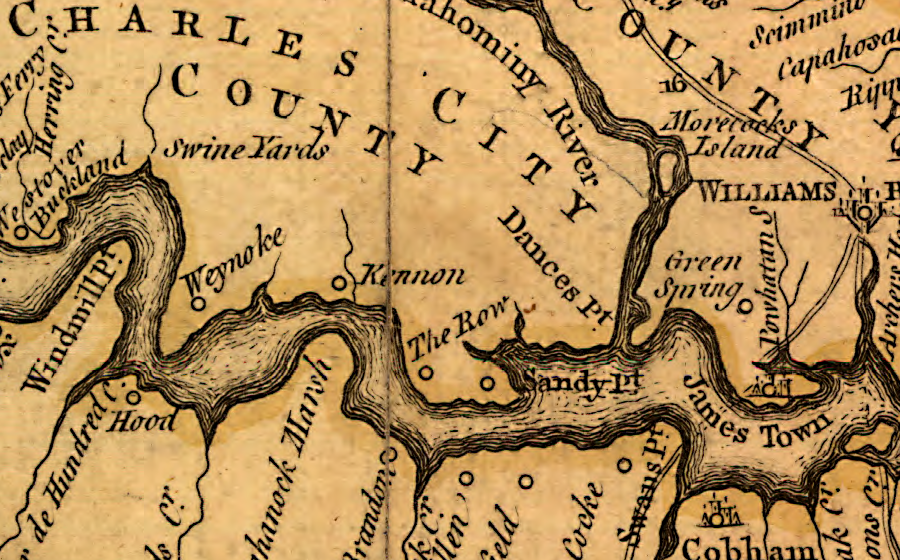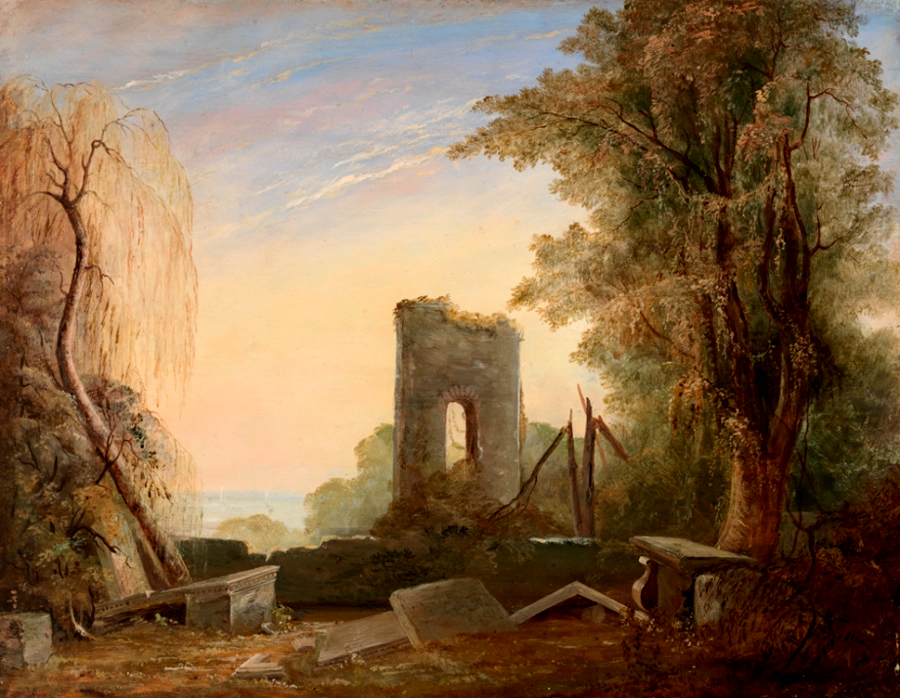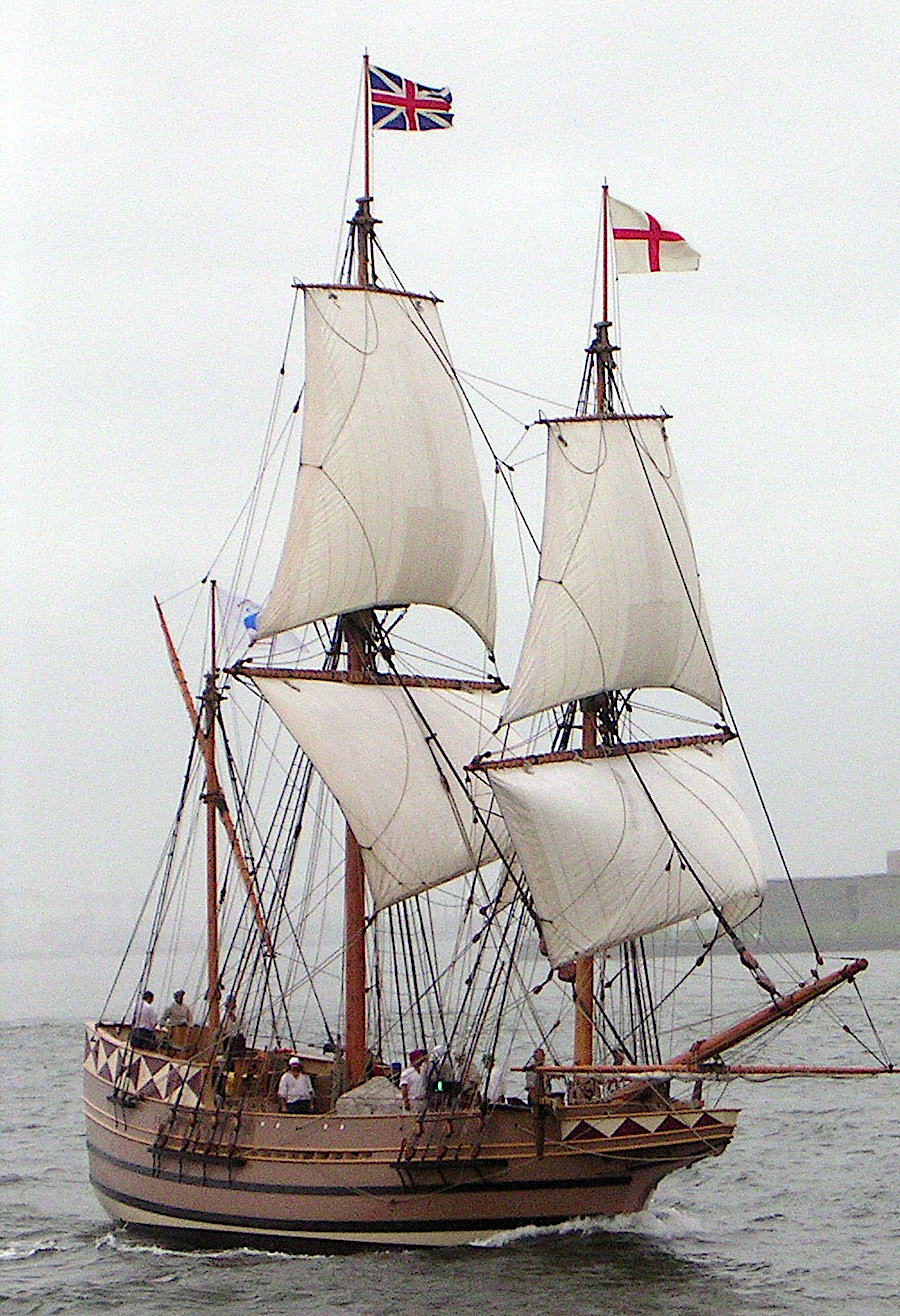Is Jamestown the Oldest European Capital in North America?

by the time Joshua Fry and Peter Jefferson produced their map of Virginia, Jamestown was essentially farmland rather than an occupied town
Source: Library of Congress, A map of the most inhabited part of Virginia (by Joshua Fry and Peter Jefferson, 1755)
The oldest continuously occupied European capital in North America is Sante Fe, New Mexico - not Jamestown.
In 1598, Spanish explorers settled in the Tewa town of Ohkay Owingeh, renaming it San Juan de los Caballeros. The Spanish established the first capital of New Mexico nine years before Jamestown. They moved along the Rio Grande to another town (Yunque), then finally settled at Sante Fe in 1610.1
Quebec City could contest the claim of Sante Fe, since that location moved in 1610. Quebec City was founded in 1608 by Samuel de Champlain, after discovering the river narrowed at that point.2
Saint Augustine, Florida, settled in 1565, rightly claims to be the oldest continuously occupied European settlement in North America. Jamestown is famous now as the oldest successful English settlement in North America - but it is a latecomer compared to Spanish settlements, and today Jamestown is just an historic site rather than a settled town.3
St. Augustine's status depends upon the qualifiers. Mexico City has been occupied longer than St. Augustine, if you include the original period of settlement at Tenochtitlan that preceded the arrival of Europeans. The town of Santo Domingo in the Dominican Republic was started by European colonists before St. Augustine, but it is located on the island of Hispaniola rather than on the mainland of the North American continent.
Jamestown is not the oldest continually-occupied anything. References to Jamestown as the first permanent English settlement in North America require slipping fast over the adjective "permanent." Jamestown was populated for only a century, and lost most of its residents when the colonial capital moved to Williamsburg in 1699.

after the capital moved to Williamsburg, the church fell into ruins
Source: Virginia Historical Society, Ruins of Jamestown, Virginia (by John Gadsby Chapman, 1834)
Despite Jamestown being "first," school children studying the history of the United States often focus on Plymouth Rock and the tale of the Pilgrims in Massachusetts. The Separatists (as they were known at the time) arrived in 1620. That was 13 years after Jamestown was settled. The Puritans, led by John Winthrop, arrived even later in 1630.
Plymouth Rock gained attention after the American Civil War, which ended in 1865. During Reconstruction, new public schools were established in the old Confederate states to educate the freed slaves and poor whites. Many teachers for those schools came from the northern states, especially Massachusetts. After the horrors of the Civil War, those teachers and many historians preferred to highlight the heritage of the Mayflower Compact and free association in Massachusetts as the basis for American democracy. Jamestown was associated with the slave society of southern states.4
In Virginia, the 1619 General Assembly had already met before the first colonists on the Mayflower signed a compact a year later for governing that new colony in Massachusetts. The Virginian form of democracy led to a slave-based economy. The Pilgrims and Puritans may be "latecomers," not the first English colonists in North America - but the heritage of those who settled in Massachusetts has a closer link to the democratic ideals of the United States of America that survived the Civil War.

a replica of the Godspeed flying the English flag (right) and the Union Jack, adopted after Scottish King James IV became King James I of England
Source: National Aeronautics and Space Administration (NASA), Replica of Godspeed Passes Statue of Liberty
Links
References
1. James Ivey, "An Uncertain Founding: Santa Fe," Commonplace: the journal of early American life, July 2003, https://commonplace.online/article/uncertain-founding-santa-fe/; "Mission San Juan Bautista -- Spanish Colonial Missions of the Southwest Travel Itinerary," National Park Service, https://www.nps.gov/subjects/travelspanishmissions/mission-san-juan-bautista.htm (last checked February 17, 2025)
2. "History of Quebec City," City of Quebec, https://www.quebec-cite.com/en/quebec-city/history-quebec (last checked February 17, 2025)
3. "Our History," City of St. Augustine, https://www.citystaug.com/693/Our-History (last checked February 17, 2025)
4. James Axtell, "Historical Rivalry: Virginia's Jamestown was the continent's first permanent English settlement. So how is that Massachusetts's Plymouth has precedence in the minds of so many Americans?," The Colonial Williamsburg Journal, Winter 2007, https://research.colonialwilliamsburg.org/Foundation/journal/Winter07/plymouth.cfm
Virginia Cities
Virginia Places


